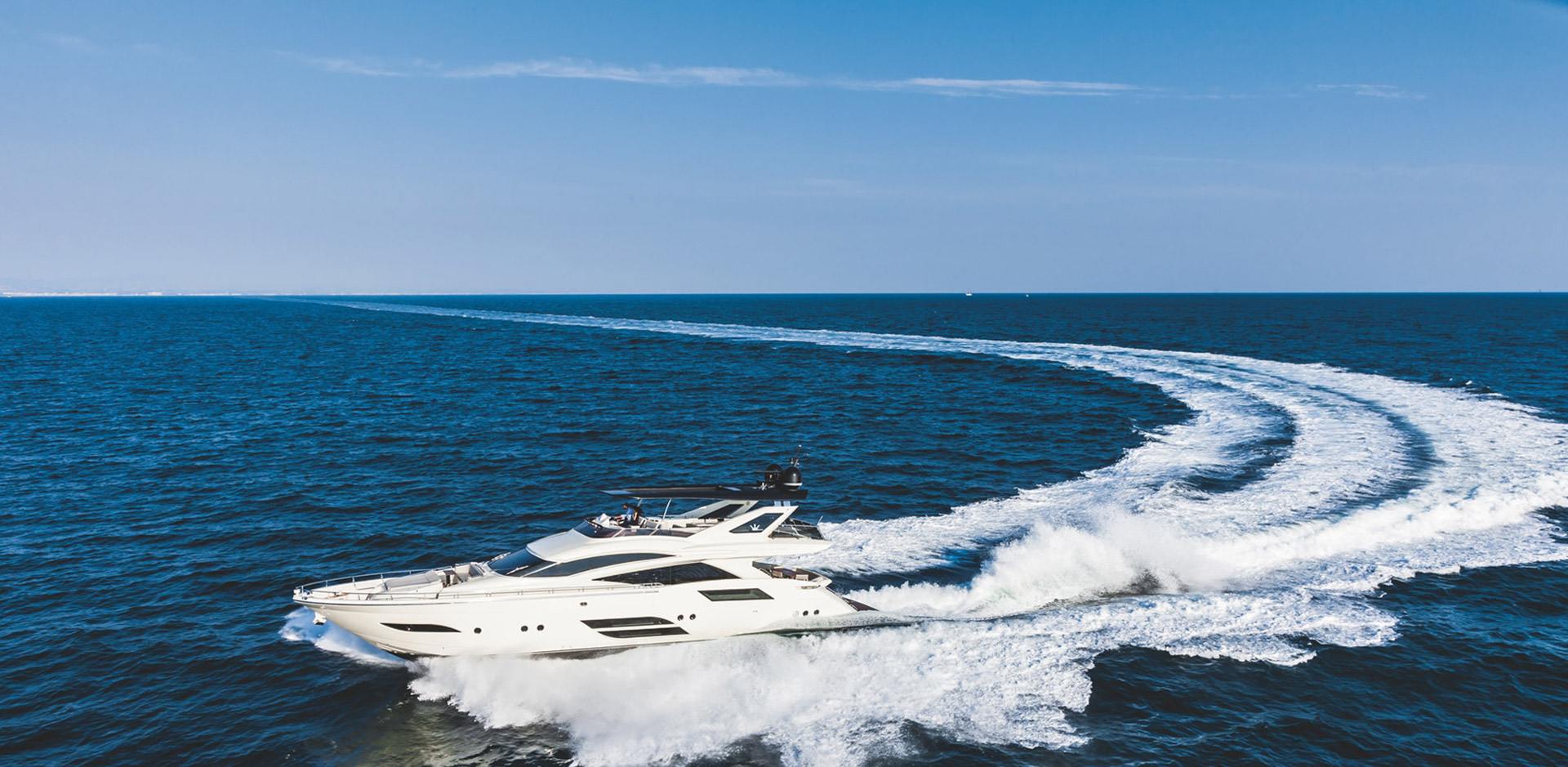Unlocking the Advantages: Why You Should Switch to a Marine Stern Drive Hydraulic Steering System
2025-07-02
Benefits of Switching to a Marine Stern Drive Hydraulic Steering System
Table of Contents
Introduction to Marine Stern Drive Hydraulic Steering Systems
Why Consider Switching to a Hydraulic Steering System?
Improved Maneuverability and Control
Enhanced Safety Features of Hydraulic Steering
Long-term Cost Savings and Maintenance Benefits
Installation Process: What to Expect
Comparing
Benefits of Switching to a Marine Stern Drive Hydraulic Steering System
Table of Contents
- Introduction to Marine Stern Drive Hydraulic Steering Systems
- Why Consider Switching to a Hydraulic Steering System?
- Improved Maneuverability and Control
- Enhanced Safety Features of Hydraulic Steering
- Long-term Cost Savings and Maintenance Benefits
- Installation Process: What to Expect
- Comparing Hydraulic Steering to Traditional Systems
- Frequently Asked Questions
- Conclusion: Making the Switch
Introduction to Marine Stern Drive Hydraulic Steering Systems
The marine industry continues to evolve, with advancements in technology enhancing both the efficiency and safety of watercraft. One significant innovation is the **marine stern drive hydraulic steering system**. This system not only improves the handling of vessels but also contributes to overall operational safety. Transitioning to a hydraulic steering system can significantly enhance your boating experience, providing you with a smoother, more responsive drive.
Why Consider Switching to a Hydraulic Steering System?
The decision to switch to a hydraulic steering system is not merely an option; it is often a necessity. Traditional mechanical steering systems can become cumbersome, especially in larger vessels or under challenging conditions. Here, we will explore the various reasons why making this switch is beneficial.
Modern Technology Meets Tradition
Adopting a hydraulic steering system allows boaters to combine the reliability of traditional steering with modern technology. This blend ensures not only improved performance but also user-friendly operation.
Ergonomics and User Experience
A hydraulic system requires less physical effort to operate. This ergonomic advantage is especially noticeable when navigating tight spaces or making quick turns, allowing for a more enjoyable experience on the water.
Improved Maneuverability and Control
One of the most compelling reasons to switch to a marine stern drive hydraulic steering system is the **improved maneuverability** it provides.
Precision Steering Responsiveness
Hydraulic steering systems offer exceptional responsiveness, allowing for precise control of the vessel. This feature is crucial when maneuvering in crowded marinas or during challenging weather conditions.
Enhanced Performance in Various Conditions
Whether you are dealing with rough waters or tight corners, a hydraulic steering system enhances your ability to maintain control. It minimizes the force needed to turn the steering wheel, making your vessel more agile and easier to handle.
Enhanced Safety Features of Hydraulic Steering
Safety is paramount when it comes to boating. Hydraulic steering systems include various features designed to enhance safety on the water.
Reduced Risk of Oversteering
Hydraulic systems are less prone to oversteering, a common issue with mechanical systems that can lead to dangerous situations. The fluid dynamics allow for smoother transitions, reducing the risk of sudden movements.
Increased Stability and Predictability
The stability offered by hydraulic steering systems provides boaters with greater predictability in their vessel's behavior. This predictability is crucial for both new and experienced boaters, who can operate with confidence.
Long-term Cost Savings and Maintenance Benefits
Investing in a hydraulic steering system is not only advantageous for performance but also financially prudent.
Lower Maintenance Needs
Hydraulic systems typically require less maintenance than traditional steering systems. With fewer moving parts and less wear and tear, boaters can save on repair costs and downtime.
Increased Lifespan of Components
The durability of hydraulic components often leads to a longer lifespan compared to mechanical systems. This longevity translates to fewer replacements and a better return on investment in the long run.
Installation Process: What to Expect
Switching to a hydraulic steering system may seem daunting, but understanding the installation process can ease your concerns.
Professional Installation Recommendations
While some skilled boaters may attempt a DIY installation, we recommend professional installation to ensure optimal performance and safety. Professionals can accurately assess your vessel's specific requirements and configurations.
What the Installation Involves
The installation includes replacing the steering wheel, connecting hydraulic lines, and ensuring proper alignment of the new system. All these steps are crucial for maximizing the benefits of hydraulic steering.
Comparing Hydraulic Steering to Traditional Systems
When contemplating the switch, it’s essential to compare hydraulic steering systems with traditional mechanical systems.
Mechanical vs. Hydraulic: The Key Differences
Mechanical systems rely on a series of cables and pulleys, which can lead to increased resistance and wear over time. In contrast, hydraulic systems utilize fluid pressure for steering, resulting in smooth and effortless operation.
Performance Metrics: Which is Better?
Hydraulic systems excel in performance metrics such as responsiveness, ease of steering, and overall handling. These factors contribute to a more enjoyable and safer boating experience.
Frequently Asked Questions
1. How do I know if my boat is suitable for a hydraulic steering system?
Most boats, especially those with larger engines or heavier loads, benefit significantly from hydraulic steering. However, consulting with a marine technician can help determine suitability for your specific vessel.
2. Are hydraulic steering systems more expensive to install?
While initial costs may be higher, the long-term savings on maintenance and repairs, coupled with the enhanced performance, often justify the investment.
3. What maintenance is required for hydraulic steering systems?
Regular checks on fluid levels and ensuring that hydraulic lines are free from leaks are essential. Routine inspections will help maintain optimal performance.
4. Can I switch to hydraulic steering myself?
While it is possible for experienced DIYers, hiring a professional is highly recommended for safety and proper installation.
5. How does hydraulic steering improve my boating experience?
Hydraulic steering provides smoother operation, better maneuverability, and enhanced control, contributing to a more enjoyable and safer experience on the water.
Conclusion: Making the Switch
Switching to a **marine stern drive hydraulic steering system** brings a multitude of advantages that enhance your boating experience. From improved maneuverability and control to enhanced safety features and cost savings, the benefits are clear and compelling. As marine technology continues to advance, embracing innovations like hydraulic steering is essential for any serious boater. Transitioning to this modern system not only increases the enjoyment of your time on the water but also ensures a safer, more reliable experience. Embrace the future of boating; the advantages are waiting for you!
Marine Stern Drive Hydraulic Steering System
RELEVANT INFORMATION
Unlocking the Advantages: Why You Should Switch to a Marine Stern Drive Hydraulic Steering System
Benefits of Switching to a Marine Stern Drive Hydraulic Steering System
Table of Contents
Introduction to Marine Stern Drive Hydraulic Steering Systems
Why Consider Switching to a Hydraulic Steering System?
Improved Maneuverability and Control
Enhanced Safety Features of Hydraulic Steering
Long-term Cost Savings and Maintenance Benefits
Installation Process: What to Expect
Comparing
2025-07-02
Understanding Transom Hydraulic Jack Plates: Enhancing Boat Performance and Handling
A transom hydraulic jack plate serves a critical role in the operation of boats, particularly those designed for high performance or specific aquatic conditions. This device is mounted on the transom of a boat and allows for the adjustment of the outboard motor’s height. The primary function of a hydraulic jack plate is to facilitate the raising and lowering of the motor, which can significantly a
2025-06-09
Top Features to Look for in Outboard Anodized Hydraulic Jack Plates for Enhanced Performance
Top Features to Look for in Outboard Anodized Hydraulic Jack Plates
When it comes to enhancing the performance of your outboard motor, choosing the right hydraulic jack plate is crucial. Outboard anodized hydraulic jack plates serve as an essential component in the boating industry, allowing you to adjust your engine's height for optimal performance. In this detailed article, we will explore the t
2025-06-04





